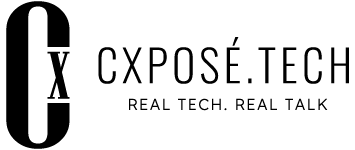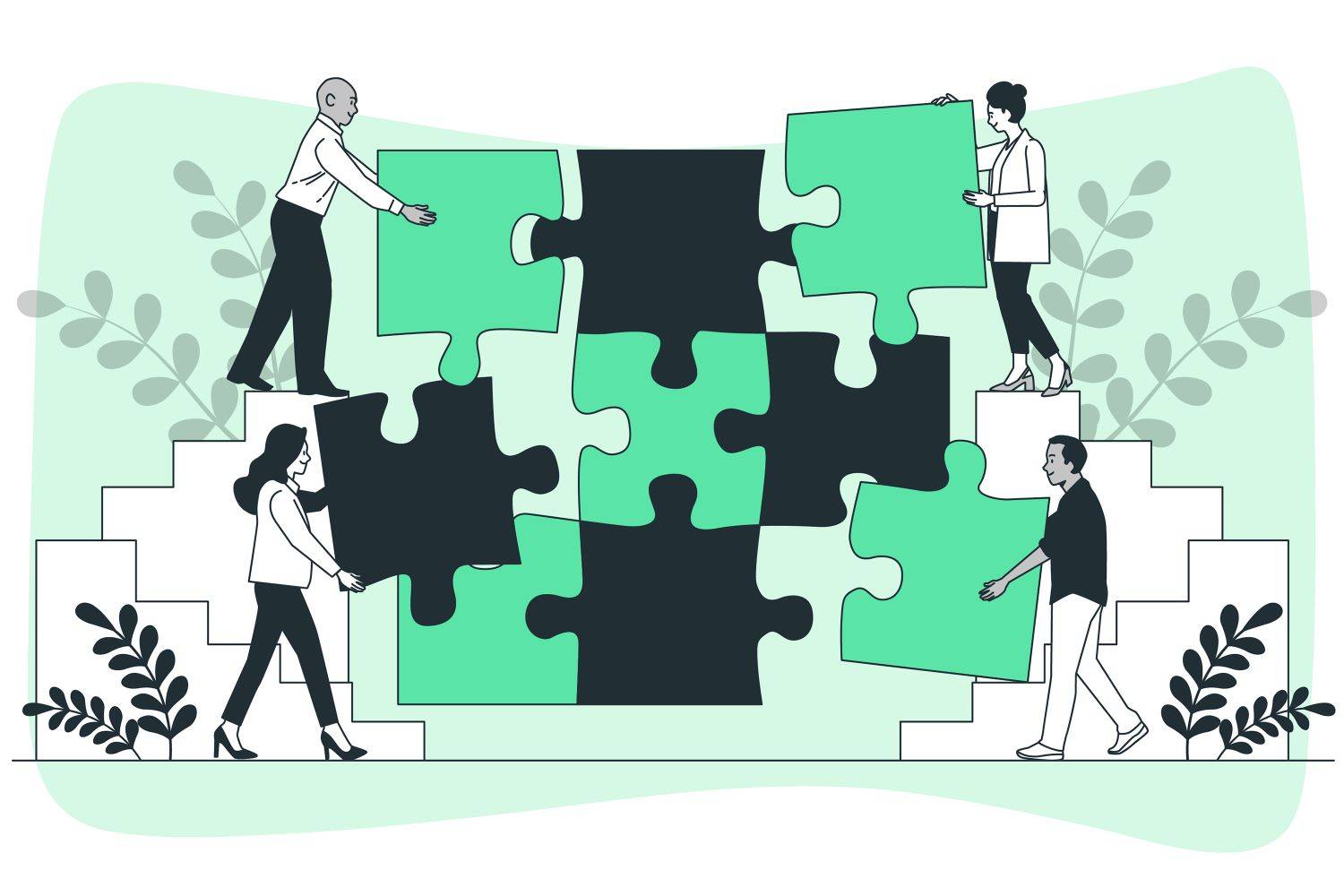According to Boomi’s Michael Bachman, integration is important to bring data back together in a way that can be consumed. To address digital fragmentation in organizations, two things need to happen first – the organization has to know the data and the process that data is used for.
Last October, Boomi had announced Boomi GPT, a conversational AI capability on the Boomi platform. A news release had described, “With Boomi GPT, organizations can harness the power of generative AI to integrate and automate faster than ever before, further democratizing innovation and accelerating business outcomes.”
When Boomi’s Head of Architecture and AI Strategy, Michael Bachman, recently came to town, there was an opportunity to unpack that a little, and he shared how AI in essence is actually a linguistics machine, and the means to an end. An AI capability that you can converse with and receive business-aware and business-optimized responses from, requires more than a linguistics model, though.
It requires data, and the digital fragmentation that organizations currently face can potentially lead to less than optimal results.

Breaking things apart, integrating them
Being an integration platform-as-a-service, (iPaaS) provider, Boomi knows and understands data and processes, in-depth.
Michael explained that when processes change over time without complete or any documentation at all, it can result in data being produced, consumed, transformed, and deprecated inconsistently across different parts of the process. It ends up having different meaning and context depending on the environment it is in, and this leads to further fragmentation. The data in one environment is not able to ‘understand’ or ‘talk’ to data present in other environments.
“So, in a world where there’s increasing data creation going on, digital fragmentation is putting up barriers to how data is curated and used,” Michael explained. In fact, digital fragmentation of data, processes, organization, and applications, are throwing up barriers to artificial intelligence development and deployment.
“Data tends to follow an orderly progression, (so it can be) governed well inside of an organization. These are the things that are going to lead to better integration of the data or less fragmentation of the data.”
Michael pointed out, “If we’re going to integrate the fragments of any of these different modalities, then we have to do two things – we have to know our data, and we have to know our process.”
According to him, when processes are well-maintained through documentation, (they can be known) between organizations in a composable and democratized way which means — everybody has a stake in what the data and the process is, and everybody who needs to be in the know, can be in the know.

“Data tends to follow an orderly progression, (so it can be) governed well inside of an organization. These are the things that are going to lead to better integration of the data or less fragmentation of the data.”
Other common best practices he also shared are, for example, organizations ensuring there are clearly aligned goals from senior leadership on how data should be produced, consumed, and used. Clear communication is also important to ensure all relevant parts of an organization that oversee data and processes, align themselves accordingly.
Identifying potential
Michael had written in a blog post, that data is the backbone of AI. “But it’s not just about having data. It requires the right data, at the right time, in the right form. That necessitates a sturdy data infrastructure capable of storing, processing, and managing the colossal amounts of data that will power your AI systems.”
When you control good data input to the large language model (LLM), that could mean the difference between a good or bad answer from generative AI. Here, RAG, or Retrieval Augmented Generation for retrieving facts from an external knowledge base to add business-specific context to a user’s LLM request, can help. RAG can improve overall quality and relevance of generative AI results.
But, what would a ‘good answer’ from generative AI look like? When this ‘good answer’ powers all the parts of a platform or a system, what can happen? In the context of an iPaaS service, how would an AI-enriched integration look like?
Enovis’ healthcare solutions team lead, Donald Singelyn had shared that thanks to Boomi GPT, their orthopedic software solution, MotionMD, “enables our low-code analysts to quickly and securely integrate with over 65 unique healthcare solutions in over 3,000 hospitals and clinics.”
Interoperability with existing healthcare systems enables it to maximize workflow efficiencies, for example transacting millions of patient agreements per month for their customers.
Michael also saw huge potential for Malaysian companies to leverage AI technologies like BoomiGPT, as many companies are cloud-based and largely unencumbered by legacy infrastructure.








